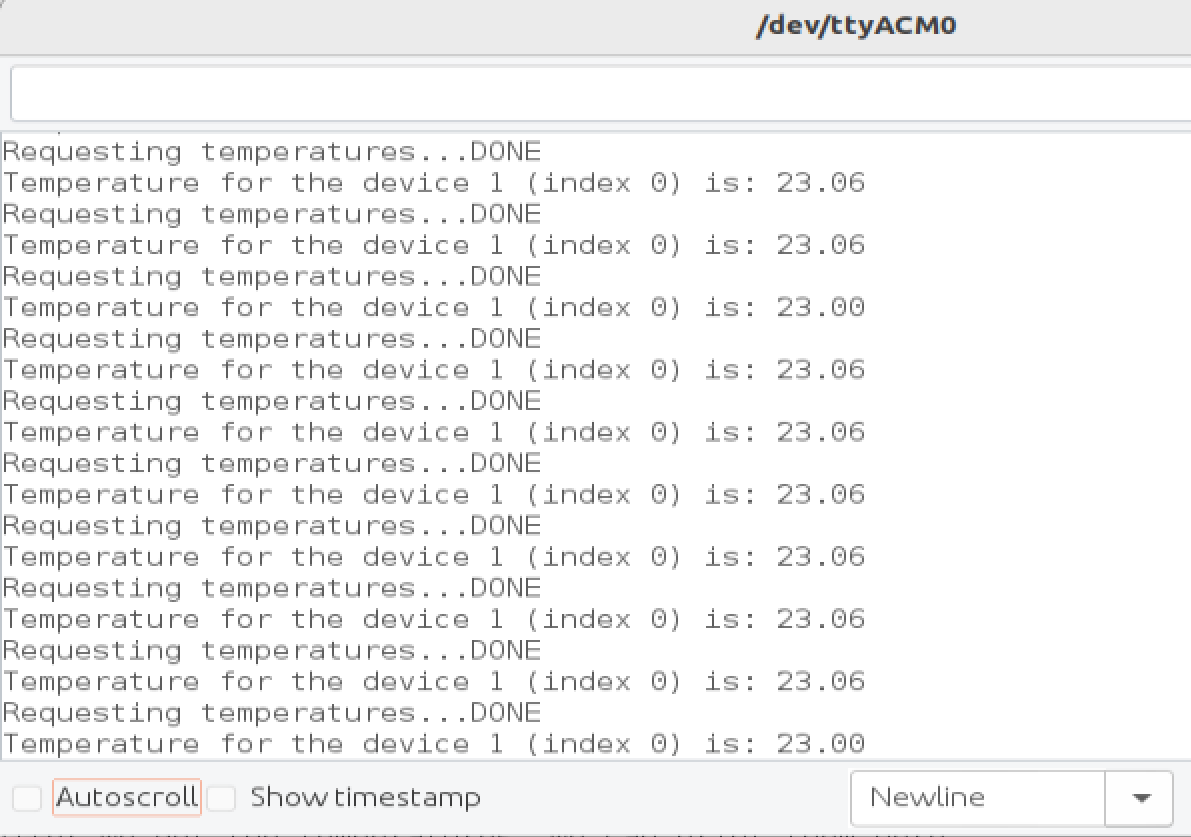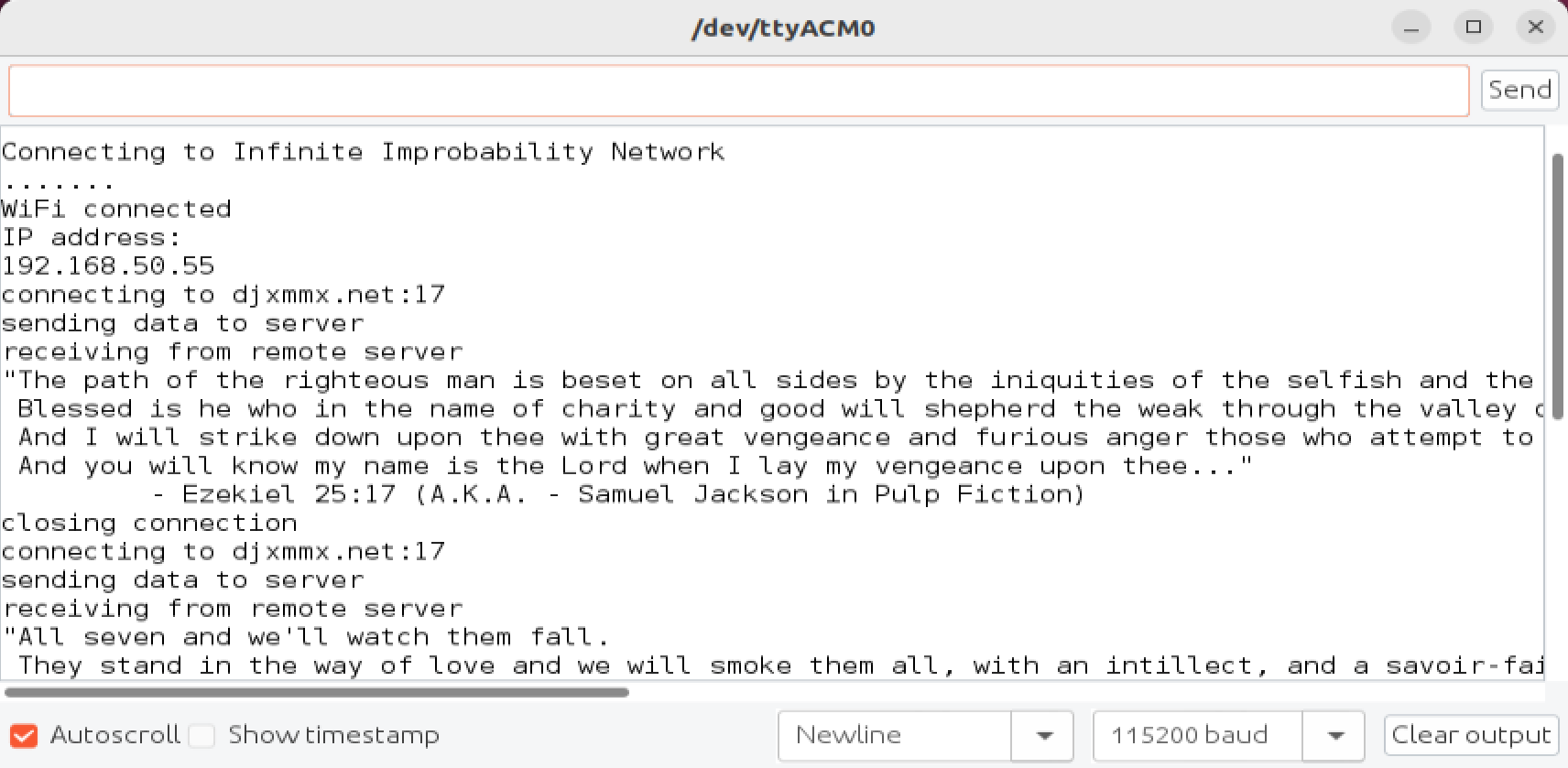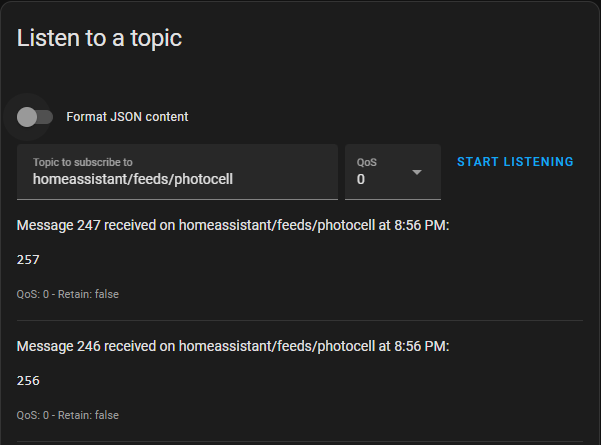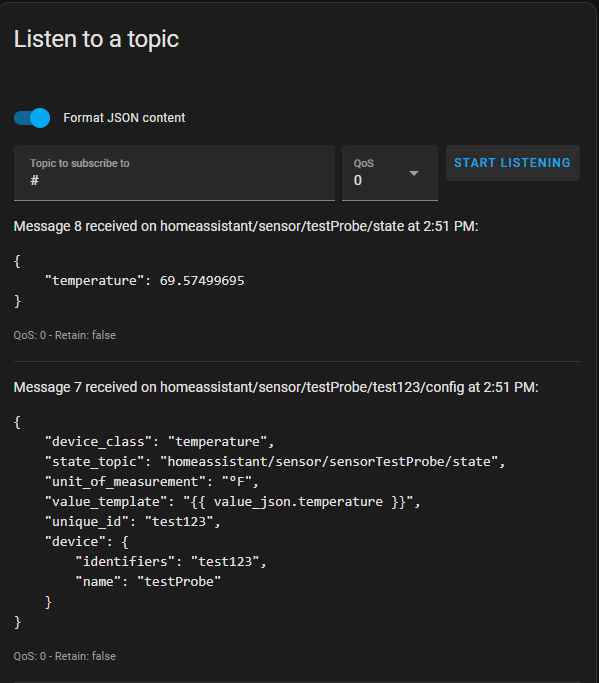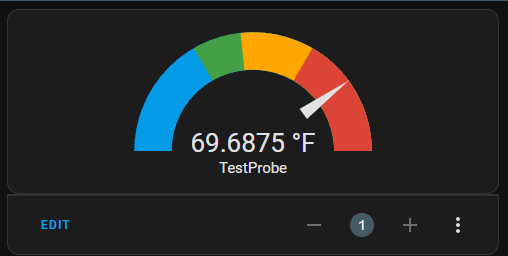Probe into Prototypes: The IoT Temp Probe Project Update
Written on January 15th, 2024 by Sean Webster
Picture: Ceiling of Pantheon, Rome, Italy September 2023
In this post, I’m diving into some recent developments in my IoT project and sharing my latest reads that have offered me some thought-provoking perspectives on technology and its future. You can thank ChatGPT for the title, I had nothing.
Project Update: IoT Temp Probe
I’ve made much more progress on the IoT Temp Probe. I’ve nearly finished the hardware development, and have started working on the final software.
Hardware Prototyping
Assembling the circuit
Now that the initial design is out of the way, I can finally start assembling the circuit (This may have been completed before the start of the writeup). There are a few ways to adapt the ESP01 to work with a breadboard, and I chose an adapter board, but not this specific one, from amazon.
To interface the DS18B20 with the breadboard, I solder some pins on the leads. I’m also missing a switch for the GPIO0 boot pin, so right now I’m attaching and removing a jumper.

Testing the circuit
General Test
As is tradition, I loaded it with reliable ol’ Blinky.
By following my own tutorial to flash with an arduino, I can easily load up software to test that everything is connected. I’m using Simon Peter’s ESP8266 Blink
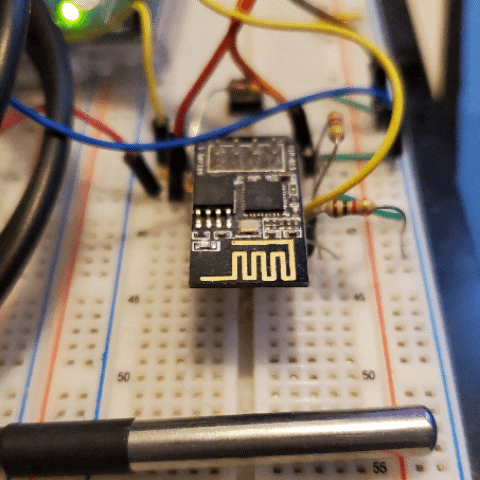
DS18B20 Test
Doing similar, I load up the DS18B20 Arduino example
The output shows it is working
WiFi Test
Using the Arduino ESP8266 WifiClient Example, Wifi is easily tested.
MQTT Test
Homeassistant MQTT Configure
To get Homeassistant to view any mqtt topics:
- Go to settings->Integration entries->mqtt->configure
- Listen to ‘#’
- Find topic ‘homeassistant/x/y’
- Subscribe to topic
- Set up payload like so https://www.home-assistant.io/integrations/mqtt#sensors
- Configure discovery
- Configure your configuration.yaml file like so
I’ve used the Adafruit MQTT_ESP8266 example
Here is my Home Assistant MQTT server receiving the MQTT messages
Software Prototyping
Throwing all of the code from the Arduino examples looks like this:
Github Gist
Github Gist
Server Side
Here is my Home Assistant MQTT server receiving the new formatted MQTT messages
And here it is displayed in the dashboard
Next Steps
With the prototype proving everything in theory works, it’s time to solidify the design. Next comes the board design. After that, the software implementation. This content can be found at the IoT Temp Probe Prototyping page
What I’m reading, watching, and listening to
The Grid: The Fraying Wires Between Americans and Our Energy Future
I first heard of The Grid in a mention by The Amp Hour podcast. It is a peek behind the scenes at the US electrical infrastructure. It gives an in depth look at the history of the policy and technologies that made the US electrical grid what it is today. Overall, it was an interesting read, and gave nuanced insight into various statements I’ve heard from my Town’s Power Co-op director on the subject of power generation capacity. The key takeaways from it where that
- Peak Demand often does not line up with peak generation (due to renewables)
- There needs to be something to handle the base load when generation stumbles
- As is, the US grid is not a stable system
These were not new revelations to anyone semi familiar with the matter, but still a good read.
It can be found on Amazon, here
Backlog of Embedded Online Conference
I’ve signed up to attend the Embedded Online Conference this year. They make all previous talks available, so I’ve been perusing them. The Video Speed Controller chrome plugin makes this much easier. So far, after watching about 5 talks, nothing is completely ground breaking, but the quality isn’t bad, either. The most interesting one I’ve seen so far is about OOP in C.
Rabbit Holes
What are coreless DC motors? came up in the Embedded.fm slack channel, and I had never heard of ‘coreless dc motors’
Scroll Compressor Exposed: Understanding Its Mechanical Magic was suggested by the YouTube algorithm, and it was a good watch. As someone looking to replace their HVAC, it was interesting subject matter.
Hopefully, by next post, I should have the hardware in hand, and a large portion (if not all) of the IoT Temp Probe finished.
